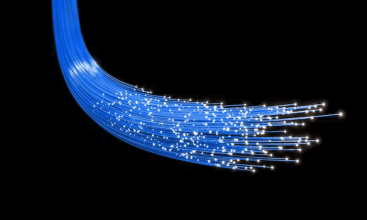Question
a.
True
b.
False
c.
May be True or False
d.
can't say
Posted under Electronics and Communication Engineering
Interact with the Community - Share Your Thoughts
Uncertain About the Answer? Seek Clarification Here.
Understand the Explanation? Include it Here.
Q. In a circuit with capacitance connected to ac source, the rate of change of capacitor voltage is constant.
Similar Questions
Explore Relevant Multiple Choice Questions (MCQs)
Q. Assertion (A): If Z1(s) and Z2(s) are positive real then Z1(s) + Z2(s) as well as 1/Z1(s) and 1/Z2(s) are positive real.
Reason (R): The poles of a positive real function are real or occur in conjugate pairs.
View solution
Q. A variable resistance R and capacitive reactance XC are connected in series. As R is varied, the locus of Z is
View solution
Q. The dual of a node is
View solution
Q. Pick the correct statement
View solution
Q. The colour on the extreme left in general purpose fixed resistors represents
View solution
Q. When a current flows through a conductor,
View solution
Q. For a series circuit of R and variable XL the admittance locus is
View solution
Q. A series RLC circuit is supplied from a variable frequency source. The resonant frequency is ω₀. The voltage across L is maximum at a frequency
View solution
Q. Current in a 2H inductance in 10e¯ᵗ A. Admittance of the inductor is
View solution
Q. A constant k low pass filter has fc = 1000 Hz. At f = 500 Hz, the phase shift is
View solution
Q. At resonance the network function magnitude will be
View solution
Q. The voltage of single phase supply to residential consumers in India is
View solution
Q. Power factor of the following circuit will be unity
View solution
Q. For an ideal transformer
View solution
Q. Kirchoff's laws are applicable to
View solution
Q. In an R-C circuit, there is an initial voltage of 3 V across the capacitor. In s domain equivalent circuit, the voltage source to take into account the initial voltage has a strength of
View solution
Q. An electrical network with 8 independent nodes will have __________ nodal equations.
View solution
Q. An RLC series circuit has Y(s) = 2s/(s-p₁)(s-p₁*). If the poles p1 and p1* are close to jω axis, then
View solution
Q. Kirchoff's laws are applicable to
View solution
Q. The double energy transients occur in the
View solution
Recommended Subjects
Are you eager to expand your knowledge beyond Electronics and Communication Engineering? We've handpicked a range of related categories that you might find intriguing.
Click on the categories below to discover a wealth of MCQs and enrich your understanding of various subjects. Happy exploring!








